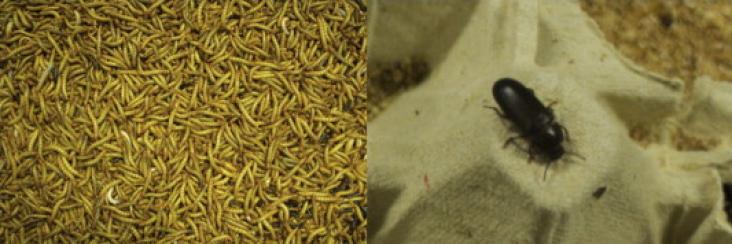
Scientists in the Netherlands are cultivating edible insects to address concerns of international food security.
A changing climate alters the living conditions for almost every species on earth.
Voluntary standards are gaining in importance in global markets for high-value foods.
This chapter supports Goal 2 (zero hunger) and Goal 17 (partnership for the goals) through its study of the role the private sector plays in agricultural development.
Agricultural systems models worldwide are increasingly being used to explore options and solutions for the food security, climate change adaptation and mitigation and carbon trading problem domains.
This paper examines the development and use of scenarios as an approach to guide action in multi-level, multi-actor adaptation contexts such as food security under climate change.
Sub-Saharan Africa needs to produce more food, feed, and fiber to support its growing population and intensification of smallholder agriculture is a crucial component of any strategy towards this goal
For economic development to succeed in Africa in the next 50. years, African agriculture will have to change beyond recognition.
The objective of this study is to explore empirical evidence on the quantitative importance of supply, demand, and market shocks for price changes in international food commodity markets.
All crops require nitrogen (N) for the production of a photosynthetically active canopy, whose functionality will strongly influence yield.
